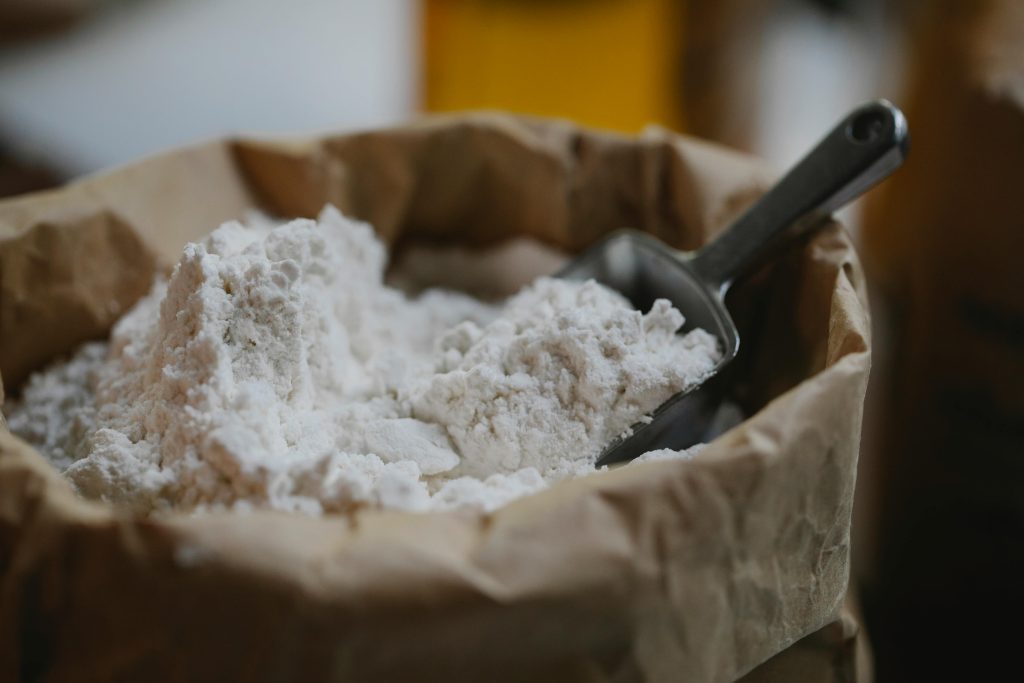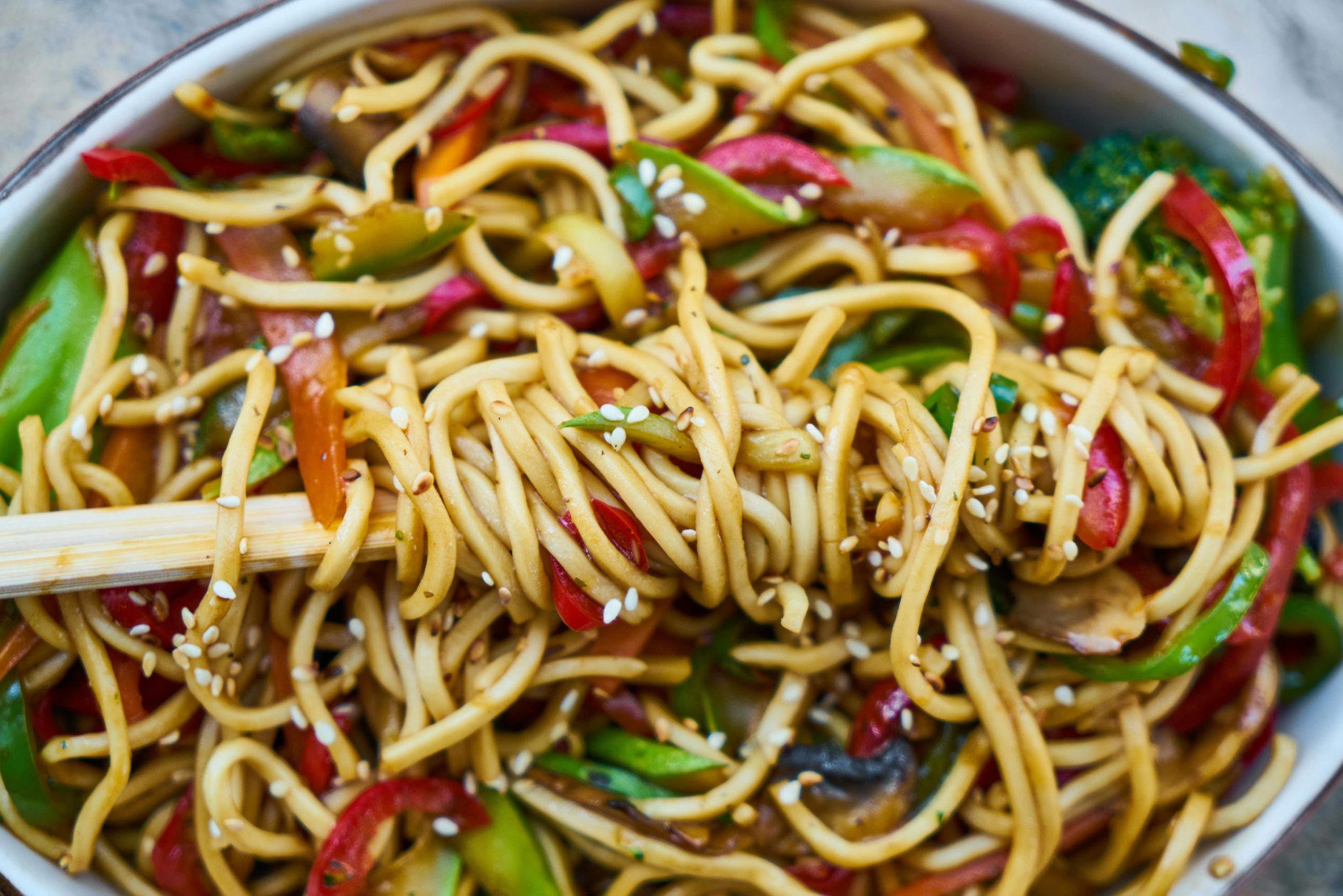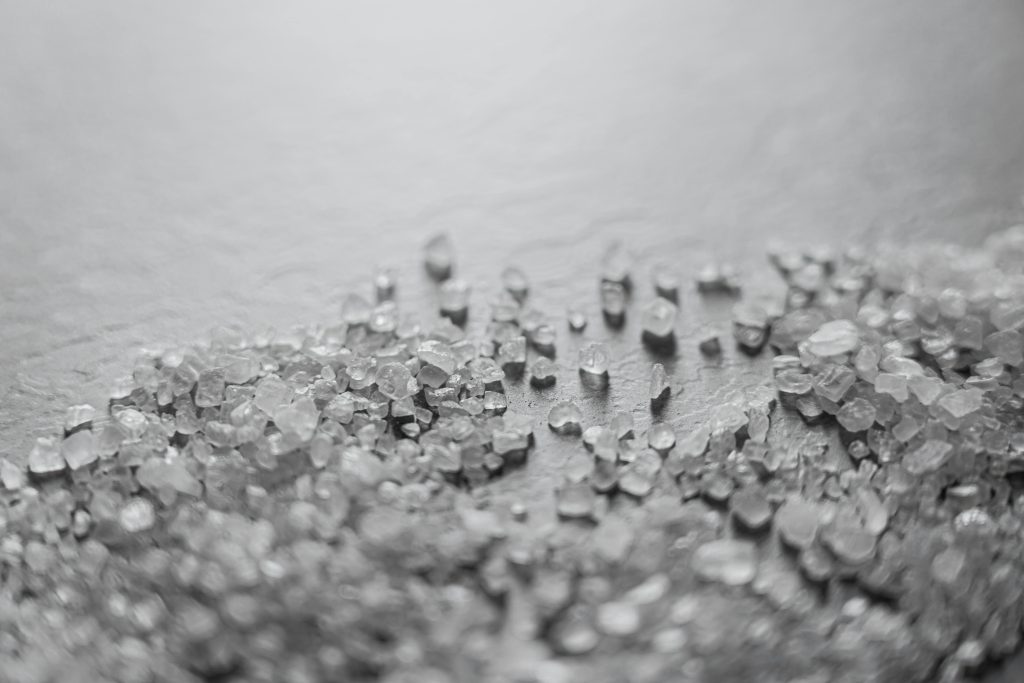In Defense of Maida: Why Refined Flour Isn’t the Villain We Think It Is
INTRODUCTION In the world of health blogs and dietary advice, maida has earned a notorious reputation, often labeled as “white poison.” We’re constantly told to avoid it at all costs, but this perspective overlooks the bigger picture of a balanced diet and the joy of culinary tradition. Maida, or refined flour, is not an inherently harmful substance, but a versatile ingredient that has its place in a healthy lifestyle. The key, as with most things in nutrition, lies in moderation and context. Maida Isn’t “Toxic” Let’s clear up a popular misconception: maida is not poisonous. It is simply wheat flour from which the bran and germ have been removed during processing. This refining process results in a product with a lower fiber and nutrient content compared to whole wheat flour (atta). However, this doesn’t make it toxic. For those with digestive sensitivities, the lower fiber content in maida can actually make it easier to digest. The issue is not the flour itself, but rather the nutritional imbalance that can occur when it is consumed in excessive amounts without other nutrient-dense foods. Moderation is the Real Story Most health problems associated with maida are linked to excessive consumption, not occasional enjoyment. A weekly serving of a maida-based dish as part of a balanced diet is unlikely to cause serious harm. The problem arises when refined flour products become a daily staple, replacing more nutritious, fiber-rich whole grains. The blame often falls on maida, but the real culprit is a poor overall diet, not a single food item. The Culinary Case for Maida From fluffy naan and delicious cakes to flaky pastries, many classic dishes owe their unique texture and flavor to maida. Whole wheat flour simply cannot replicate the lightness and softness that refined flour provides. In cooking, context is everything. Cultural Staples: In many Indian households, maida-based foods are prepared for special occasions and festivals. Enjoying these traditional dishes is a cultural and social ritual that shouldn’t be cast aside due to fear. A Versatile Ingredient: Maida is highly valued for its performance in leavened doughs, providing a consistent and reliable result that’s hard to achieve with whole grains. For bakers, maida is an indispensable tool. The Bigger Picture of Health Instead of demonizing one ingredient, a more productive approach to health is to focus on a balanced dietary pattern. The health risks often attributed to maida—such as weight gain and blood sugar spikes—are more closely tied to diets that are consistently high in processed, high-calorie foods and low in fiber, protein, and other nutrients. Complement, Don’t Replace: When you do indulge in a maida-based dish, balance it with plenty of vegetables, protein, and healthy fats. For instance, pairing a small serving of naan with a vegetable-rich curry adds back the fiber and nutrients that maida lacks. Focus on the Whole Meal: A pizza base is made of maida, but what about the protein from the cheese and the antioxidants from the vegetable toppings? The overall meal, including portion size and preparation method, is what truly matters for your health. CONCLUSION Maida is not “white poison,” but a food that requires mindful consumption, like any other refined product. There is no need to eliminate it entirely from your diet. By focusing on overall dietary balance, practicing moderation, and understanding its role in the kitchen, you can enjoy maida without guilt. Ultimately, a healthy relationship with food involves enjoying all kinds of dishes, including those made with maida, as part of a varied and wholesome eating pattern.
In Defense of Maida: Why Refined Flour Isn’t the Villain We Think It Is Read More »





